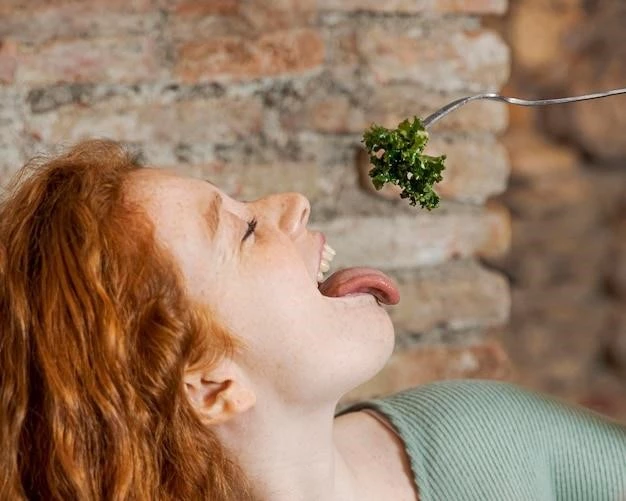The senses of taste and smell, while often considered separate, are intricately interwoven, collaborating to create our perception of flavor. These senses, known as the chemosensory system, detect and interpret chemical information from our environment.

The Sense of Smell (Olfaction)
Olfaction, our sense of smell, is a highly sensitive and complex system. It allows us to perceive a vast array of odors, many of which are directly linked to memories and emotions.
How Smell Works:
- Odor Molecules Enter the Nasal Cavity: When we inhale, odor molecules, carried by the air, enter our nasal cavity.
- Interaction with Olfactory Epithelium: These molecules travel to the upper region of the nasal cavity and reach the olfactory epithelium, a specialized tissue containing millions of olfactory receptor neurons.
- Activation of Receptor Neurons: Each olfactory receptor neuron has specific receptor proteins that bind to particular odor molecules, initiating an electrical signal.
- Transmission to the Olfactory Bulb: These signals travel along the olfactory nerve fibers to the olfactory bulb, a structure located at the base of the brain.
- Processing in the Olfactory Bulb: The olfactory bulb acts as a relay station, organizing and processing the incoming signals from the receptor neurons.
- Transmission to Higher Brain Regions: From the olfactory bulb, signals are transmitted to various parts of the brain, including the olfactory cortex, limbic system (involved in emotions and memory), and the thalamus (a sensory relay center).
- Odor Perception: The brain interprets these signals, allowing us to perceive and identify the specific odor.
The Sense of Taste (Gustation)
Gustation, our sense of taste, allows us to detect different tastes – sweet, sour, salty, bitter, and umami (savory). Taste buds, located primarily on the tongue, house the receptor cells for taste;
How Taste Works:
- Food Dissolves in Saliva: When we eat, food molecules dissolve in our saliva.
- Interaction with Taste Buds: The dissolved molecules come into contact with taste buds, located on small bumps on the tongue called papillae.
- Activation of Taste Receptor Cells: Within the taste buds, specialized taste receptor cells detect specific taste qualities. For example, certain receptor cells respond to sweet molecules, while others respond to bitter molecules.
- Signal Transduction: Upon activation, taste receptor cells send electrical signals through cranial nerves (facial, glossopharyngeal, and vagus nerves) to the brainstem.
- Transmission to the Brain: From the brainstem, taste signals are relayed to the thalamus and then to the gustatory cortex, a region of the brain responsible for taste perception.
- Taste Perception: The brain processes these signals, allowing us to perceive the specific taste quality.

The Interplay of Taste and Smell: Creating Flavor
While we perceive taste and smell as distinct senses, they are highly interconnected. The perception of flavor arises from the complex integration of taste, smell, and other sensory inputs like texture and temperature.
How Taste and Smell Combine:
- Retronasal Olfaction: As we chew food, volatile odor molecules are released into the space at the back of our mouth. These molecules travel up through the nasal passage and activate our olfactory receptors. This process, called retronasal olfaction, is crucial for creating the complex flavors we experience;
- Brain Integration: The brain receives signals from both the taste and smell receptors, as well as input from other senses. It then integrates all this information to create a unified perception of flavor.
Factors Affecting Taste and Smell
Several factors can influence our perception of taste and smell, including:
- Age: Our sense of smell and taste naturally decline with age.
- Health Conditions: Certain medical conditions, such as colds, sinus infections, and neurological disorders, can affect our ability to taste and smell.
- Medications: Some medications can alter taste and smell perception.
- Smoking: Smoking damages taste buds and olfactory receptors, impairing both senses.
- Genetics: Genetic factors can influence our sensitivity to certain tastes and smells.
Conclusion
The senses of taste and smell are essential for our enjoyment of food, our ability to detect dangers like spoiled food or smoke, and our overall sensory experience of the world. These senses, working together, allow us to perceive the intricate and nuanced world of flavor.










